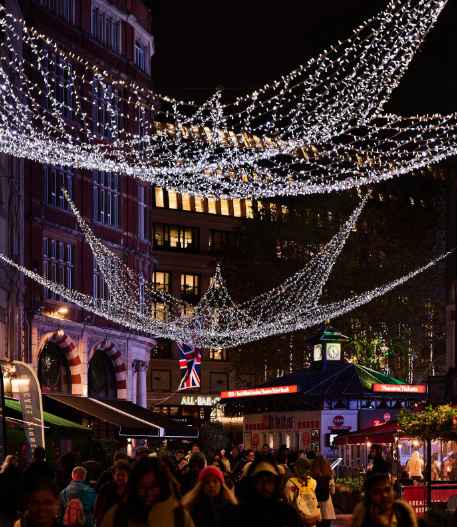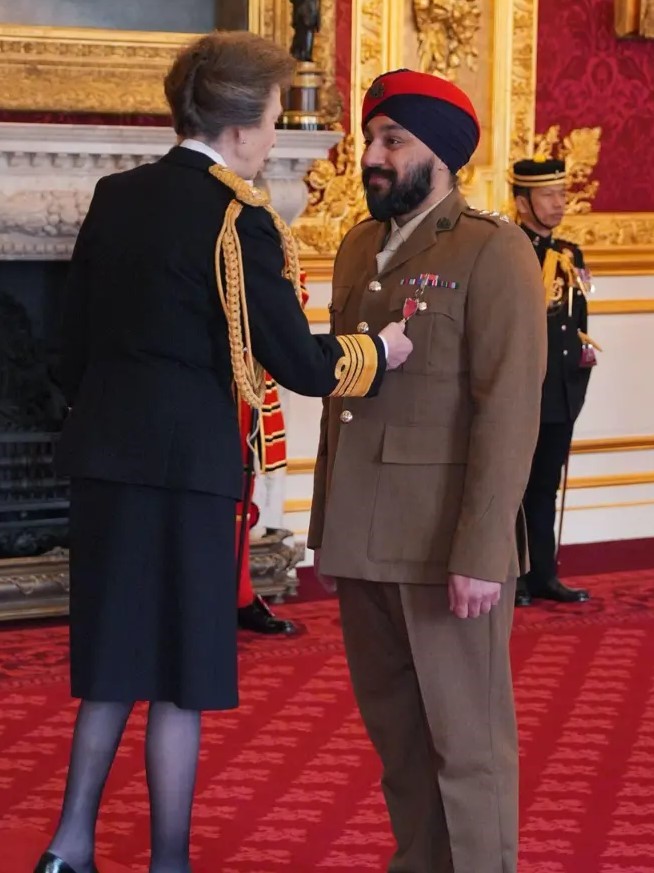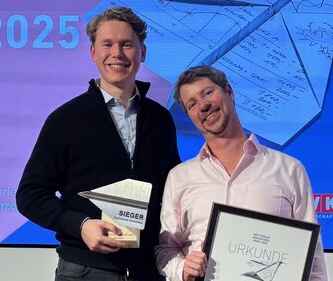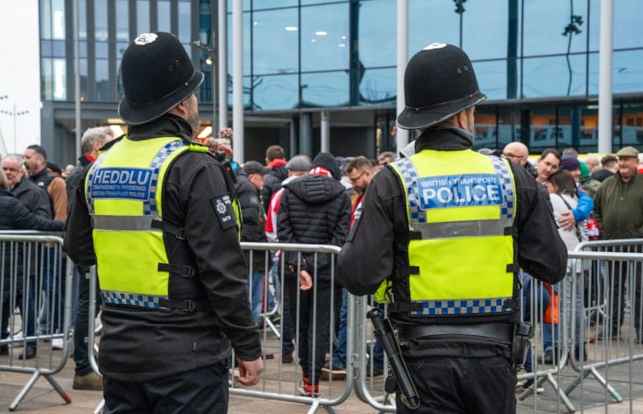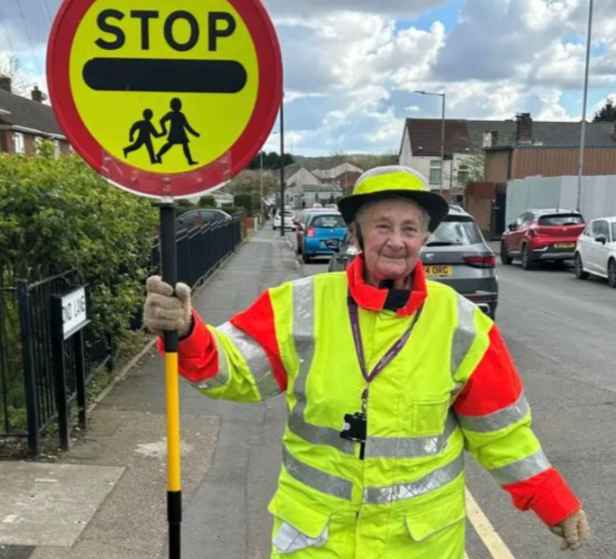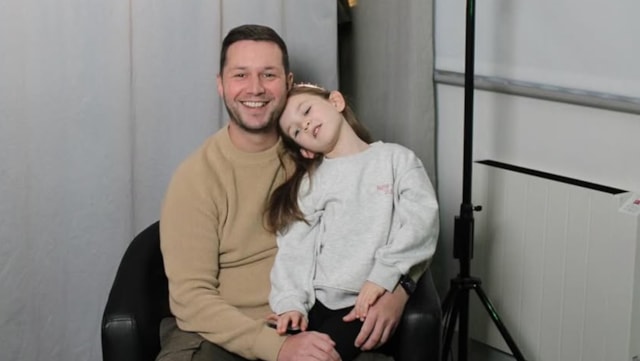A series of schemes to improve cycling along main city routes and quieter “parallel” routes have been approved by Birmingham City Council. Almost £2.8million will be spent on the routes, the latest element of the Birmingham Cycle Revolution project – which aims to make the bike a more attractive and mainstream mode of travel.
The projects that form part of the plans are:
- The Bristol Road Corridor scheme: featuring a mostly on-footway link from the National Cycle Network Route 5 on Hurst Street to Five Ways via Bristol Street and the Ring Road. In addition, a signed cycle route from the Ring Road at Attwood Green (Lee Bank) to the University of Birmingham and QE Hospital via non-classified roads will cater for less-experienced cyclists in the area.
- The Lichfield Road main corridor scheme: following the A5127 from the City Centre to Erdington via Lancaster Circus, Corporation Street, Dartmouth Circus, Aston Road, Lichfield Road and Salford Circus. The Phase 1A works covers the section of the route from the B4144 Park Lane to Salford Circus via Lichfield Road. The route is comprised mainly of cycling facilities within existing bus lanes.
- The A47 Parkway main corridor scheme: following the A47 from the City Centre to the A452 Chester Road. The Phase 1A works covers the section of the route from Ashted Circus to the Chester Road (Spitfire Island) roundabout (where there are existing cycle tracks into Castle Vale) via Great Brook Street, Francis Street, Duddeston Manor Road, Saltley Road, Heartlands Parkway and Fort Parkway. The route consists of measures that include cycle tracks, shared footway and quiet roads.
- Parallel Route A: connecting Perry Barr with the city centre via Birchfield and Lozells with signed connections to Perry Barr railway station, Witton and New Town Row. In addition to Perry Hall Park (where the route links with the Tame Way green route), the route includes links to green spaces at Handsworth Park and Handsworth Wood, and an existing pedestrian crossing facilities access to Perry Park.
- Parallel Route B: connecting Birchfield to the city centre via Aston with signed connections to Villa Park and Witton railway station. The route also provides a link to the Aston Park. The route is on-road, and includes a number of already traffic-calmed streets.
- Parallel Route C: a short link that connects College Road to the upgraded towpath on the Tame Valley Canal just south of the M6. This on-road route uses Moor Lane and a short section of Brookvale Road.
- Parallel Route D: connecting Short Heath with Salford Circus via Stockland Green with a signed connection to Gravelly Hill railway station. The route is a combination of on-road sections and shared footway upgrades.
- Parallel Route E: connecting Erdington with Salford Circus with signed connections to Gravelly Hill railway station and Erdington High Street. The route is mainly on-road with short sections of service road used on Kingsbury Road and Wheelwright Road.
- Parallel Route I: connecting Small Health with the City Centre. In Small Health, a footbridge facilitates access to the Ackers Adventure and links to the Cole Valley green route and the Grand Union canal towpath. The route is mainly on-road except for sections of shared footway to bypass the Golden Hillock Road roundabout and access Bolton Road. Footways are also used to access an upgraded shared-use crossing on Coventry Road.
- Parallel Route J: connecting Acocks Green to Greet, linking with route K for journeys to the City Centre. The route is on-road except for sections of shared footway alongside Reddings lane, on the opposite side to the primary school. A two-way cycle track is proposed for the northern side of Olton Boulevard West, between Spring Road and Tynedale Road; between Tynedale Road and Reddings Lane, while the Old Boulevard service roads provide an alternative to the main road.
- Parallel Route K: an existing signed route which will be upgraded to provide a better cycle link between Yardley Wood and the City Centre (Eastside) via Billesley, Springfield, Greet, Sparkhill, Sparkbrook, Bordesley and Digbeth. The route runs parallel to the Cole Valley green route between Robin Hood Lane and Formans Road in Greet, providing several points of access to this route. The route is mainly on-road with crossings upgraded to shared-use to provide cyclists with a safe route across busy roads such as Stratford Road, Warwick Road, Golden Hillock Road and Bordesley Middleway.
- Parallel Route L: mostly on non-classified roads and will connect the Alcester Road Main Corridor at Balsall Heath to the Stratford Road and Cole Valley Route at Springfield, via St Paul’s Road, Ladypool Road, Woodstock Road, Yardley Wood Road, Woodlands Road and College Road. Measures will mostly consist of cycle signing and road markings to indicate the route.
- Parallel Route Q: running parallel to the Soho Road Main Corridor. It will connect to the city centre at Newhall Street, giving cyclists the opportunity to cross the Queensway at the existing traffic signal controlled junction. It will then go out towards Hockley.
Cllr Tahir Ali, Cabinet Member for Development, Transport and the Economy, said: “This work will provide a safer environment for all users of the public highway, but particularly cyclists.
“By doing this, we will help encourage more people to take their journeys by bike, enabling us to ease some of the congestion on our roads.
“This is an important piece of our wider ‘Birmingham Connected’ integrated transport strategy – and complements all of the other improvements we are delivering in the city.”
The work on this package of routes is being funded by the Department for Transport’s element of the Birmingham Cycle Revolution, which overall is worth £60million over the six years to 2018 – equivalent to the £10 per head of population, an investment target, long recognised as a benchmark by cycling campaigners.
Cllr Lisa Trickett, Cabinet Member for Sustainability at Birmingham City Council, added: “The Birmingham Cycle Revolution really is stepping up a gear with the approval of this series of schemes.
“We’ve completed a great deal of work on canal towpaths and green routes through parks and open spaces – this element of the Birmingham Cycle Revolution will build upon the progress to date and start joining up all of the pieces of the cycling jigsaw in the city.
“What we are doing is putting in place all of the infrastructure we need if we are to offer citizens, visitors and commuters in Birmingham a better experience when travelling around the city as part of our Birmingham Connected Strategy.”
The work to develop all of the routes should be complete by spring 2016.


